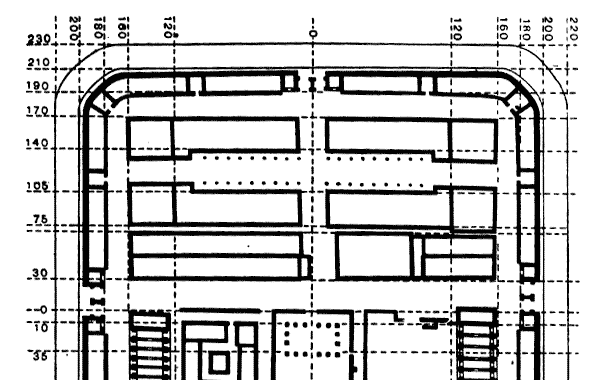<![CDATA[Archaeologists from Frankfurt University have discovered a Roman fort during an educational dig. The fort was located in Gernsheim in the Hessian Ried, and is thought to have held a 500-man cohort between 70 and 120 AD. The excavation began on August 4th of this year, during an annual educational exercise put on by the Goethe Institute of Archaeology. In the past few weeks, the archaeologists have found two V-shaped ditches, post holes that seemed to have held a wooden defence tower, and other interesting elements that show how the fort was used and then abandoned. It is believed that the Romans built this fort in Gernsheim to enable them to control large areas of land east of the Rhine. The location was a favourable one for travel, and used extensively for access to the centre of Mainz-Mogontiac. The roads leading from Gernsheim branched off to other places as well, such as Ladenburg and the Augsburg highway. The town of Gernsheim kept on expanding until the twentieth century, which threatened to wipe out archaeological places of interest, such as these Roman remains. It wasn't until the early 1970s that members of the Heritage Conservation Society moved in, to save any items from the Roman era they could find. Very little was known about the Roman fort at Gernsheim, although there have been several Roman artefacts discovered recently. Before the fort's discovery, the area was thought to have only been a vicus, or village-like settlement which thrived between the first and third centuries. A lot of objects and interesting items have been found at the site, and the German scientists believe this was due to the Roman troops dismantling everything and filling in the ditches with waste before they left. This "waste" became very valuable for modern archaeologists, with things like boxes of fine ceramics being excavated. The scientists will date these objects to get an accurate time frame for when the soldiers left the area. Professor Dr. Hans-Markus von Kaenel of Goethe University has been studying Gernsheim for a very long time, over twenty years in fact. He has contributed to over fifty articles on the area. To him and his colleagues this find is an important milestone, because all they knew before was that the area was a village-like settlement which might have been built around a fort. The only evidence to support this belief was that they knew it had been customary practice for the families of soldiers to live in the area surrounding a fort. Professor von Kaenel had the help of fourteen students over the course of five weeks to help dig away soil, map the surroundings and document the artefacts that were discovered. The excavation was led by Dr. Thomas Maurer, who began digging at the site from a hunch formulated by looking at the maps of proposed sites, and noticing how the chosen area connected with nearby rivers.]]>
Roman Fort Discovered in Germany
